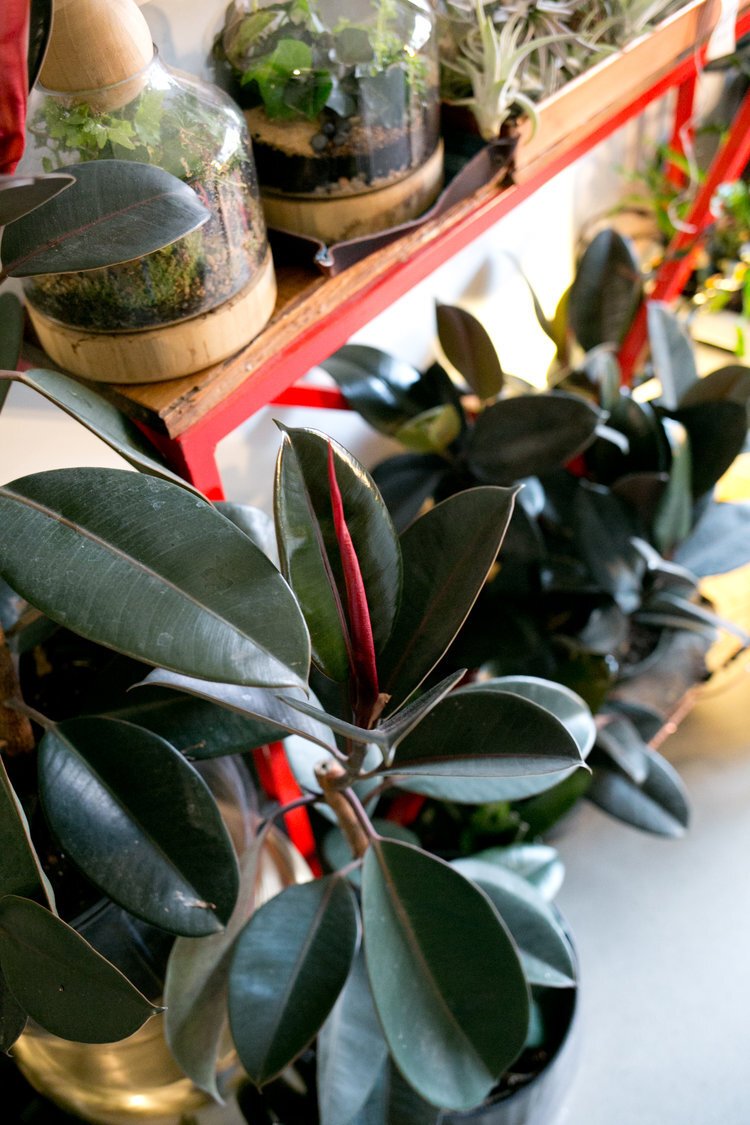5 Air Purifying Plants
House getting too stuffy during quarantine? Need to clear the air? This is the article for you.
Featured here is the ‘Laurentil’ variety, a popular choice that looks exceptional in any style of decor.
Snake Plant
Snake plants (Sansevieria sp.) are great for plant killers and beginners. They are virtually indestructible plants that can be neglected for weeks at a time and still look healthy. Additionally, they can survive low light levels, drought and have few pest problems. And since there's a wide variety of snake plants, with different colors, size and shape, you can mix and match to make your home look super green with little effort required of you.
Spider plants (Chlorophytum comosum) are also a great beginner plant to practice propagation by offshoot. Learn more here.
Spider Plant
The spider plant is an undemanding plant, which survives in many situations. Plant lovers, however, can make simple arrangements to create a healthy living environment. Appropriate care ensures that your spider plant remains vital for decades and is multiplying rapidly.
As it grows, pothos can trail or be trained to grow up a stake or pole.
Devil's Ivy
We love us some devil's ivy (Epipremnum aureum). This plant gets its name from the fact that it is almost impossible to kill and it stays green even when kept in the dark. That's a bad mamajama right there. Apart from being basically indestructible, devil's ivy is beautiful and comes in many different color varieties. It also grows quickly with little effort and is easy to propagate, if you're into that kind of thing.
Parlour palms (Chamaedorea elegans) come in many sizes from small to very, very tall.
Palms
Palms are just great house plants all around. Since the majority of plants in this family (about 2600 speices) grow naturally in tropical or subtropical environments, they prefer warm places in your home with lots of indirect sunlight. One of our favorite house plants for beginners and seasoned plant parents alike is the parlour palm (Chamaedorea elegans). These guys can get quite big, so they make an excellent choice for finishing off a corner of a room or entryway.
Rubber tree plants (Ficus elastica) often need dusting and benefit from frequent polishing.
Rubber Tree
The rubber tree (Ficus elastica) is perfect for #indoortreegoals. When this plant is about 1 - 2ft tall it's well suited sitting as a centrepiece on a table, on a shelf, or on a windowsill, but once it begins to grow above 3ft it looks great standing next to a fireplace, television area or near door entrances (as longs as their are no cold drafts). Once the plant begins to mature and grow in height it's common to train and support the trunk and branches by staking or tying them back to keep them growing upright.





